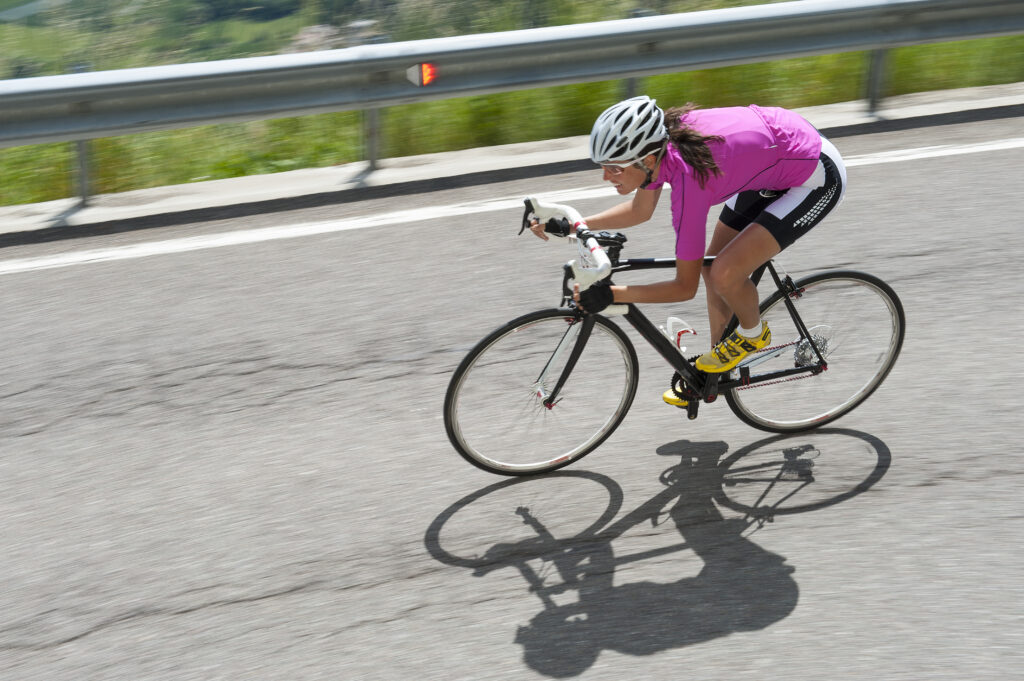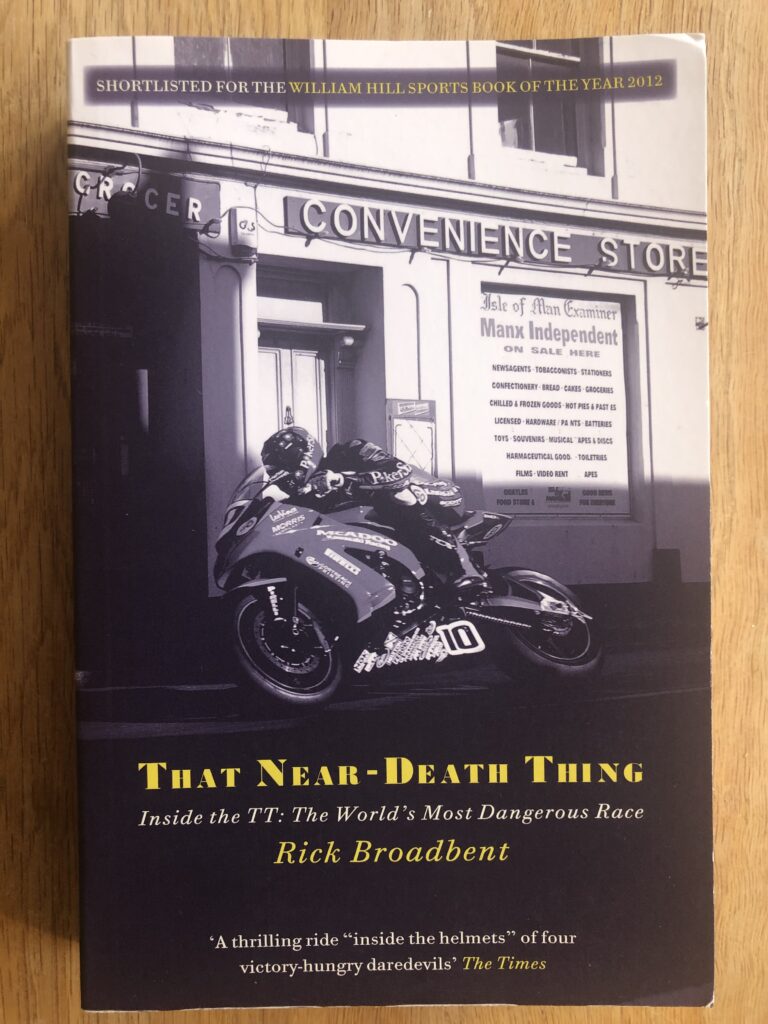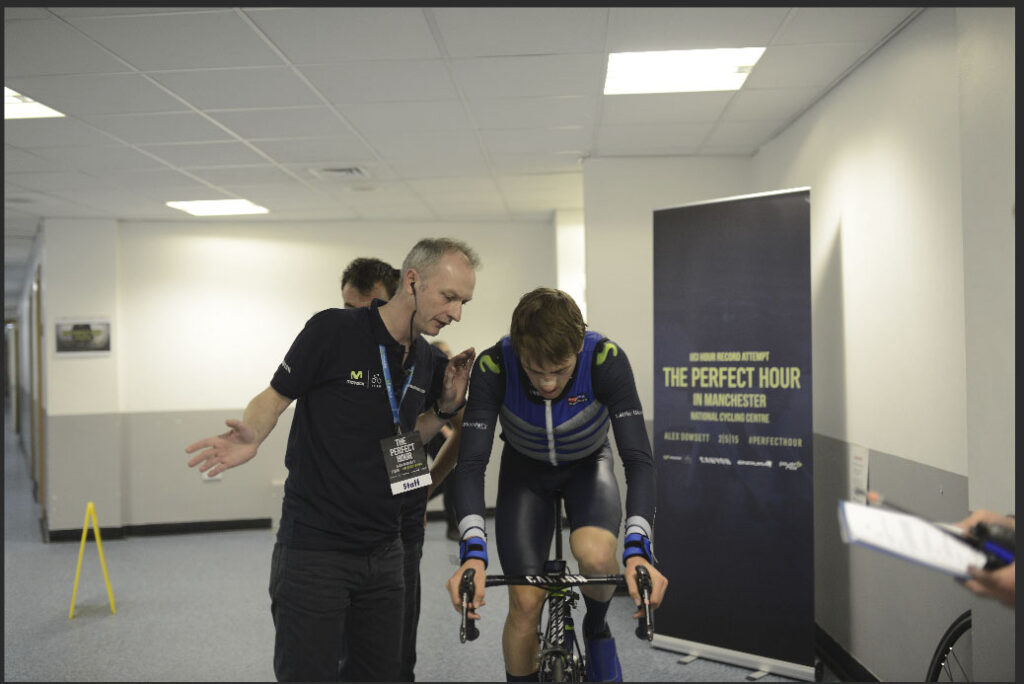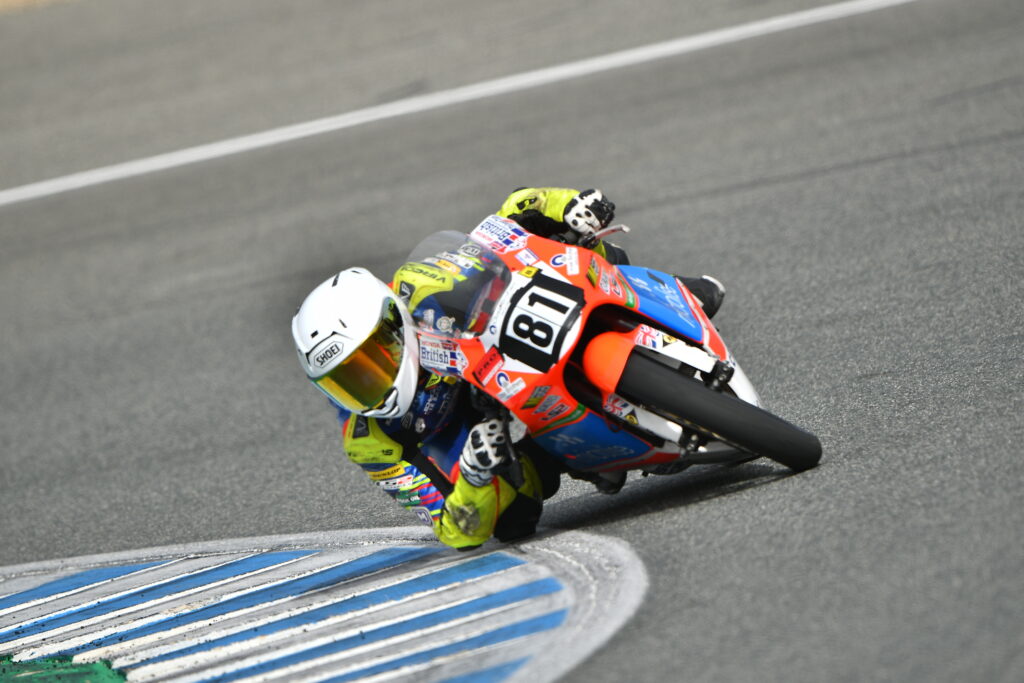Welcome to my April 2023 newsletter where I write about the topics that most interest me and, hopefully, you too! For more in-depth analysis please refer to my blog posts where I attempt to explain complex topics in an understandable way and offer practical advice that you can apply to your own sport. If you have any suggestions for future topics please drop me a line.
Going round the bend

I can’t think of any cycling events that only ever happen in a straight line, other than roller racing. And these days it’s even possible to steer on your smart trainer with gadgets like the Elite Sterzo Smart steering plate or the Wahoo Kickr Steer. So for anyone who wants to be competitive on two wheels it’s necessary to learn how to corner correctly and at speed.
There is copious advice on the internet about cornering technique on and off-road. I find the advice to mountain bike riders is generally good but when it comes to the road sadly most of it trots out the same old advice leaving out a couple of essential details.
The first point is that when riding at speed you shouldn’t be turning the handlebars with any kind of effort. Good cornering actually comes from shifting your body weight which encourages the bike to carve the bend and only requires very minor adjustments at the bars.
The other often overlooked technical detail is that you should initiate a turn by leaning the bike not your body. You achieve this by shifting your bodyweight to the outside pedal and applying pressure on the handlebar with your inside hand.
The internet is a hugely valuable source of information but sometimes authors regurgitate the same poor advice. For some great tips on cornering bicycles have a read of this in-depth article by Bicycling magazine and then take a look at this video of Tom Pidcock showing just how fast an expert bike handler can descend.
Bee Fuelled

I often joke that humans are probably the only living things on this planet that seems to have forgotten what they should eat. You don’t find lions worrying about their saturated fat intake or humming birds concerned about the glycaemic index of nectar. However, in the world of human nutrition there seems to be an awful lot of contradictory advice around diet and thousands of books promoting seemingly conflicting approaches.
I taught undergraduate nutrition for many years and have advised countless athletes on sports nutrition. The one thing I have learned is that it is important to keep an open mind. I currently coach a successful female masters cyclist who lives and competes low carb and other athletes who eat and train high carb. Both seem to be effective in the right context and if done correctly.
Where I think there is consensus is that it is important to eat natural foods with minimal or no processing and this is why I was happy to be invited join BuzzPower as a scientific advisor.
As you may have guessed, BuzzPower sports nutrition products are made with high quality organic honey. The great thing about honey is that it contains a natural mix of glucose and fructose which, in combination, are better tolerated by the gut. This is important in long events where eating can cause considerable gastrointestinal distress for some.
A further benefit is that glucose and fructose have different intestinal transport mechanisms enabling more carbohydrate to be ingested compared with eating a food containing a single sugar. A typical athlete (if there is such a thing) is able to consume up to 60 g of carbohydrate per hour as glucose but the addition of fructose can increase that figure to around 90g/h.
If you would like to try BuzzPower’s products you can order them from their website. Entering the discount code MW15 will take 15% off your order.
Dessoy in dominant form

Harrison Dessoy started the first round of the Birtish Talent Cup at Silverstone in dominant form. He finished the weekend with a race win, new lap record and 2nd overall in the championship! Harrison is delighted with the way he rode and is already looking forward to the second round at Oulton Park at the end of this month. You can read more about his race here.
Level 3 Cyclocross Coach
This may be a little self-indulgent, but I have recently been made a British Cycling Level 3 Cyclocross Coach. This is currently the highest level of coaching qualification offered by British Cycling and there is a slightly amusing story behind how I came to be a level 3 coach.
Over the years I have conducted research into cyclocross, particularly pacing strategy, and my work got to be known by some of the British Cycling staff. When they came to write the level three, I was approached to provide advice on aspects of the course content and to produce some materials. In return for my efforts I was given the opportunity to take the course free of charge and obtain the same qualification I had helped to produce!
Book Recommendation. That Near-Death Thing: Inside the Most Dangerous Race in the World, by Rick Broadbent

The Isle of Man TT is a moral conundrum. On one hand it is unquestionably one of the greatest motorsport spectacles where the fastest and bravest motorcycle and sidecar racers are pitted against each other on the challenging mountain course. On the other it is an anachronism. A hangover from an era of motorsport when road circuits were commonplace and only the blessed cheated death. But against a backdrop of criticism in the press and ever greater health and safety on the short circuits the event has not only survived but flourishes. Each June plenty of competitors are willing to line up at the top of Bray Hill with flocks of passionate fans cheering them on.
Rick Broadbent’s book provides a fascinating and thrilling account of this iconic race. He delves into the history of the TT as well as the stories of its most celebrated competitors including Joey Dunlop, John McGuinness and Guy Martin.
Through interviews and first-hand accounts, Broadbent captures the intense physical and mental challenges faced by its competitors, as well as the heartbreak and tragedy of the race. It is a must read for any fan of motorcycle racing or anyone interested in human endeavour in the face of demonstrable danger.


